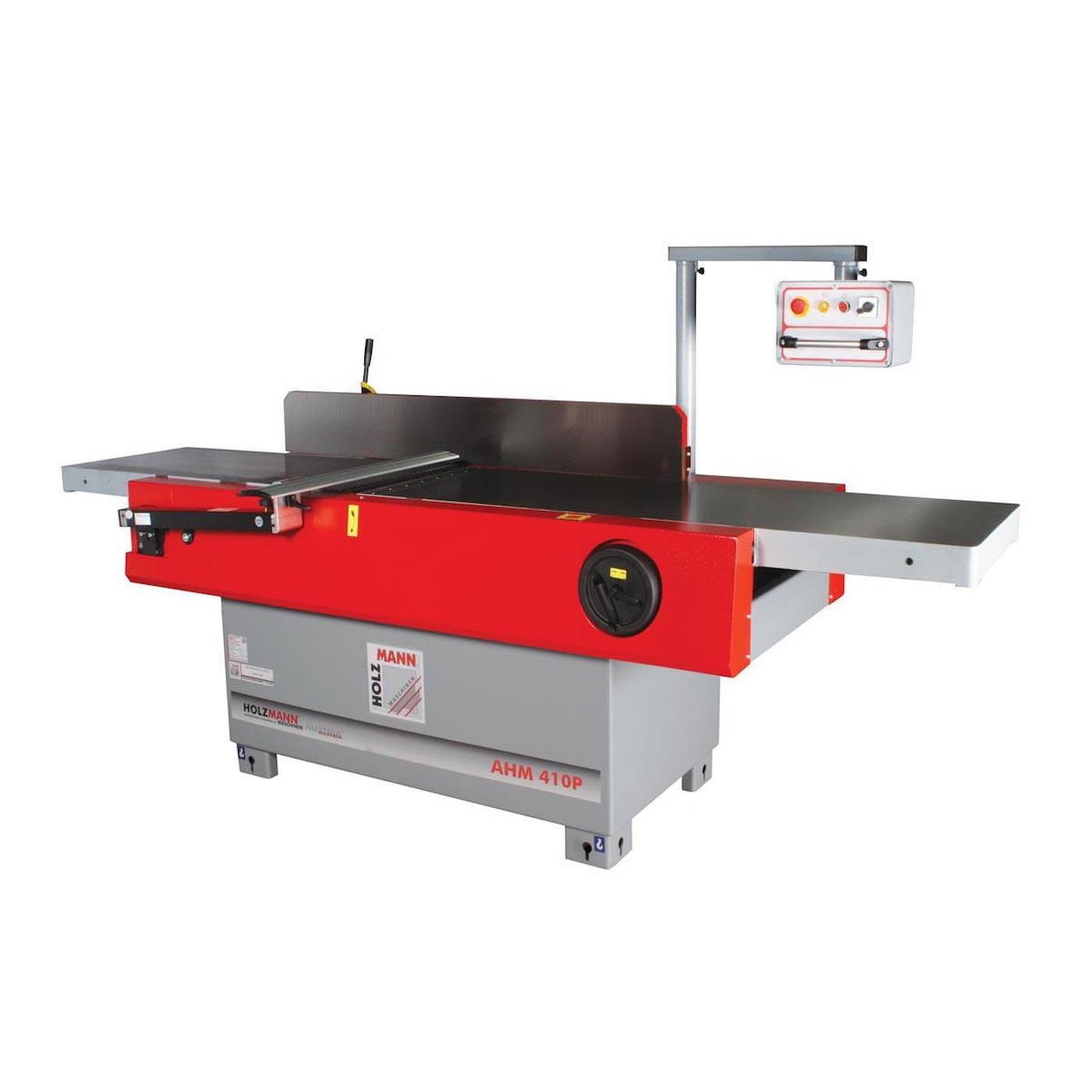Woodworking enthusiasts and professionals alike understand the importance of precision and smoothness in their projects, and the surface planer plays a pivotal role in achieving these results. Whether you're working on furniture, flooring, or intricate designs, a surface planer ensures consistency and quality. In this article, we'll explore the various uses of surface planers, their benefits, and how they contribute to the woodworking industry.
The uses of surface planer extend beyond mere wood flattening. These tools are versatile and can handle a wide range of materials and tasks. As technology advances, modern surface planers have become more efficient, offering features that cater to both hobbyists and professionals. Understanding the full potential of a surface planer can significantly enhance your woodworking skills and project outcomes.
By the end of this article, you'll have a comprehensive understanding of the various applications of surface planers, tips for effective usage, and why investing in one is essential for any serious woodworker. Let's dive into the world of surface planers and discover their true capabilities.
Read also:Cyber Monday Weathertech Unbeatable Deals On Premium Car Accessories
Table of Contents
- Introduction to Surface Planer
- Primary Uses of Surface Planer
- Benefits of Using Surface Planer
- Types of Surface Planers
- Industrial Applications of Surface Planers
- Tips for Effective Use of Surface Planer
- Safety Precautions When Using Surface Planer
- Maintenance and Care for Surface Planer
- Common Issues and Troubleshooting
- Conclusion and Call to Action
Introduction to Surface Planer
A surface planer is a crucial tool in the woodworking industry, designed to flatten and smooth wooden surfaces. It achieves this by removing uneven layers of wood, ensuring that the final product is uniform and polished. The tool operates by feeding wood through a set of rotating blades, which shave off the top layer to create a flat surface.
Surface planers come in various sizes and configurations, catering to different needs and budgets. From small handheld models for DIY enthusiasts to large industrial machines for commercial use, there's a surface planer for every woodworking project. Understanding the basics of surface planers is essential for anyone looking to enhance their woodworking skills.
The versatility of surface planers makes them indispensable in workshops worldwide. They are not only used for flattening wood but also for thicknessing and jointing, making them a multifunctional tool in the woodworker's arsenal.
Primary Uses of Surface Planer
Surface planers are primarily used for flattening and smoothing wooden surfaces. However, their applications extend beyond basic wood flattening. Below are some of the primary uses of surface planers:
- Flattening Rough Wood: Surface planers are ideal for taking rough, uneven pieces of wood and transforming them into smooth, flat surfaces.
- Thicknessing: They can be used to reduce the thickness of wooden boards to a desired dimension, ensuring consistency in projects.
- Jointing: Surface planers can also joint edges, making them perfect for creating seamless joints in woodworking projects.
- Restoring Old Wood: For antique furniture restoration, surface planers help rejuvenate old, worn-out wood by removing damaged layers.
These uses highlight the versatility and importance of surface planers in woodworking, making them an essential tool for both amateurs and professionals.
Benefits of Using Surface Planer
Using a surface planer offers numerous benefits that enhance the quality and efficiency of woodworking projects. Here are some key advantages:
Read also:2024 Halftime Show Performer Everything You Need To Know
- Precision: Surface planers ensure precise and consistent results, crucial for high-quality woodworking.
- Time-Saving: They significantly reduce the time spent on manual sanding and smoothing, allowing for faster project completion.
- Cost-Effective: By reducing waste and improving the usability of raw materials, surface planers contribute to cost savings in woodworking.
- Enhanced Finish: The smooth finish achieved by surface planers adds value to any woodworking project, making it more appealing and durable.
These benefits make surface planers a worthwhile investment for anyone serious about woodworking.
Types of Surface Planers
Manual Surface Planers
Manual surface planers are handheld tools that require physical effort to operate. They are ideal for small projects and are more affordable than their electric counterparts. While they may not offer the speed and efficiency of electric models, they provide a level of control that some woodworkers prefer.
Electric Surface Planers
Electric surface planers are powered tools that offer greater speed and efficiency. They are suitable for larger projects and commercial use. Modern electric planers come equipped with advanced features such as variable speed control and dust collection systems, making them more user-friendly and effective.
Industrial Applications of Surface Planers
In industrial settings, surface planers are used extensively for large-scale production. They are employed in the manufacture of furniture, flooring, and construction materials. Industries benefit from the high throughput and precision offered by industrial surface planers, ensuring consistent quality in mass production.
Industrial surface planers are often integrated into automated systems, enhancing productivity and reducing labor costs. Their ability to handle large volumes of material makes them indispensable in the manufacturing sector.
Tips for Effective Use of Surface Planer
To get the most out of your surface planer, consider the following tips:
- Start with the Right Settings: Adjust the depth and speed settings according to the material being worked on.
- Use Sharp Blades: Regularly check and sharpen the blades to ensure optimal performance and clean cuts.
- Feeding Technique: Feed the wood evenly and steadily through the planer to avoid uneven surfaces.
- Maintain Dust Control: Use dust collection systems to keep your workspace clean and safe.
Following these tips will help you achieve better results and prolong the lifespan of your surface planer.
Safety Precautions When Using Surface Planer
Safety is paramount when operating a surface planer. Here are some important precautions to keep in mind:
- Wear Protective Gear: Always wear safety goggles and ear protection to safeguard against debris and noise.
- Keep Hands Away: Ensure that your hands are kept away from the blades at all times.
- Use Push Sticks: Utilize push sticks to maintain a safe distance from the blades while feeding wood.
- Follow Manufacturer Guidelines: Adhere to the safety instructions provided by the manufacturer.
By prioritizing safety, you can prevent accidents and ensure a smooth operation of your surface planer.
Maintenance and Care for Surface Planer
Proper maintenance of your surface planer is crucial for its longevity and performance. Regular cleaning, lubrication, and blade sharpening are essential tasks. Additionally, storing the planer in a dry, secure location helps prevent damage and rust.
Investing time in maintenance ensures that your surface planer remains in top condition, ready for your next project.
Common Issues and Troubleshooting
Like any tool, surface planers can encounter issues. Common problems include uneven cuts, blade dullness, and dust accumulation. Troubleshooting these issues involves checking blade sharpness, adjusting settings, and ensuring proper dust removal.
By addressing these problems promptly, you can maintain the efficiency and effectiveness of your surface planer.
Conclusion and Call to Action
In conclusion, surface planers are indispensable tools in the woodworking industry, offering precision, efficiency, and versatility. Their various applications and benefits make them a valuable asset for both amateurs and professionals. By understanding their uses and adhering to safety and maintenance guidelines, you can maximize their potential and achieve exceptional results in your projects.
We encourage you to share your thoughts and experiences with surface planers in the comments section below. Additionally, explore our other articles for more insights into woodworking tools and techniques. Together, let's elevate our woodworking skills and create exceptional projects.

